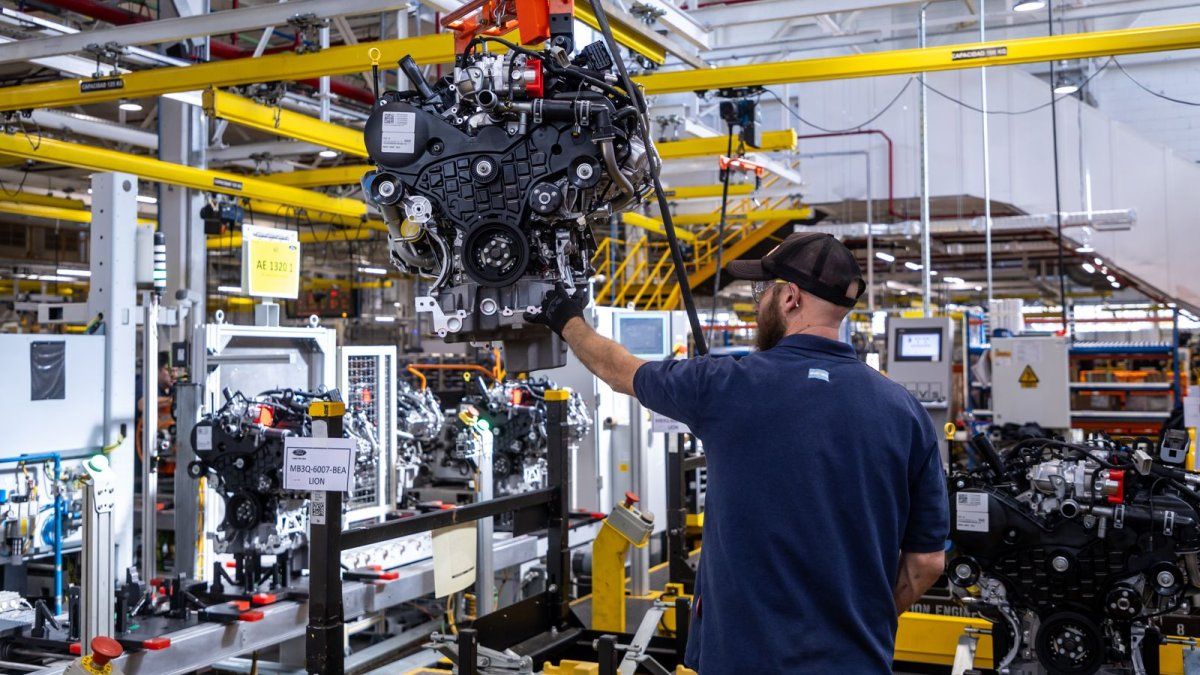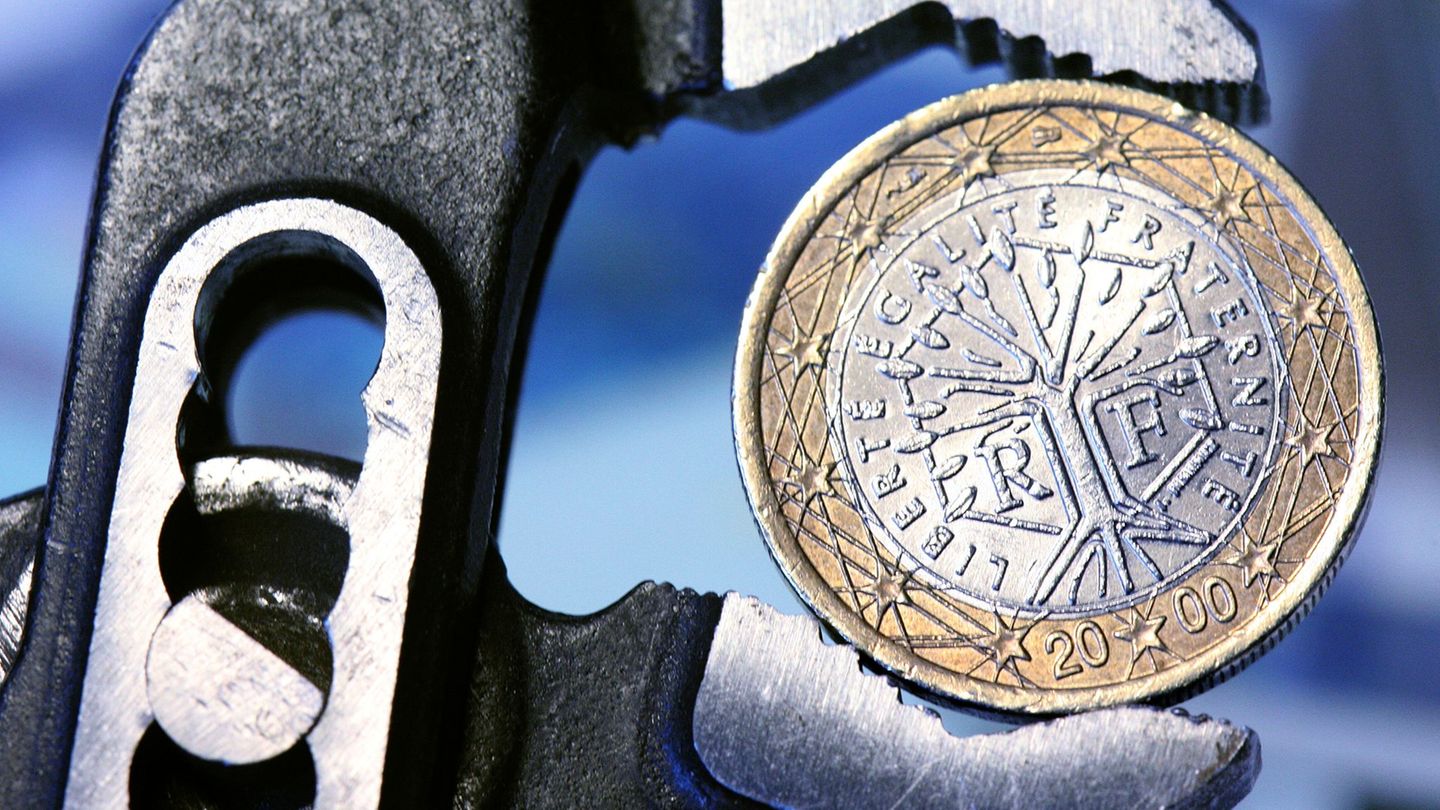Alarm lights begin to turn on in the automotive premises for what happens in exchange rate in Brazil. The dollar approached the ceiling of 6 reais and the devaluation of the Brazilian currency means problems on the Argentine side.
More so if the exchange rate in the country adjusts to a rate of 2% monthly, still below the rate of inflation, with the logical increase in costs in dollars.
From the automotive industry is being alerted by the loss of export competitiveness and this bilateral scenario only aggravates the issue. The exchange rate parity defines the flow of exchange between the two countries, slows it down or accelerates it, so this sudden movement is logical to have an effect on the balance.
“For now, it is going to start to get complicated due to the worsening of the trend in the domestic market with the increase in the participation of imported vehicles. That is going to generate a more unbalanced balance this year, both for vehicles and auto parts. The problem of competitiveness is going to get worse with an impact on exports. In the short term it will be seen in trade, but it also impacts investment decisions. If today they are scarce, with a scenario of an expensive Argentina and a cheap Brazil, it will be impossible to get a fresh dollar for a project,” he told Scope a manager of an automobile company.
It must be taken into account that some terminals are trying to get investment projects given the complicated industrial situation they have with the models they manufacture, but do not export.
To get an idea of the importance of the partner of the Mercosur In automotive matters, Brazil is the country of origin of 85% of Argentina’s 0km imports, according to the data contained in the ACARA statistics system.
In recent months, Vehicle imports are growing.
While in the first nine months of last year, 34% of the cars sold in the local market came from abroad, so far in 2024 they represent 43%.
Considering that the end of import restrictions was announced last December, but it took a few months for it to operate normally, that number is not representative of what is happening today.
According to the automakers’ calculations, The import rate in recent months is already higher. It is around 50% of total sales and it is estimated that by 2025 it will exceed 60%. These data are with a stronger real than the current one, which suggests that everything is going to accelerate. It will be cheaper to import cars. The same will happen with auto parts.
Impact on the trade balance
Regarding the question of the trade balance, the analysis depends on the sector that does it. The Chamber that brings together importers (CIDOA) produced a report a few months ago that provided numbers on the situation of the bilateral trade balance.
“In the year 2023, the automotive sector as a whole suffered a trade deficit of US$8.7 billion. An unusual fact because, if the 450,000 vehicles that were patented had all been imported CBU (Completely Built Up – Finished), the trade deficit would have been US$7.2 billion. Savings of US$1.5 billion in foreign currency outflow. This is due to the transfer prices that the automotive terminals carry out among themselves. (they invoice themselves between different countries, always leaving the result at their headquarters)”, the report said.
And he completes: “70% of the parts that are imported for the assembly of each car are more dollars than that same finished car. As in 1989, imports were completely closed and we were surprised with the cars that the world produced: with “Electric windows, air conditioning, power steering, remote opening, etc. Today, given the low participation of cars outside the zone, we are once again offering expensive, old, inefficient and polluting cars.”
In the terminals grouped in ADEFAthey handle other numbers: Imports were for US$11,774 million (US$2,115 million in vehicles and US$9,659 million in auto parts). With these numbers, the vehicle sector closed last year with a surplus of US$5,609 million and a deficit of US$8,375 million in auto parts. The general balance of the sector was, based on this information, US$2,766 million.
Source: Ambito




